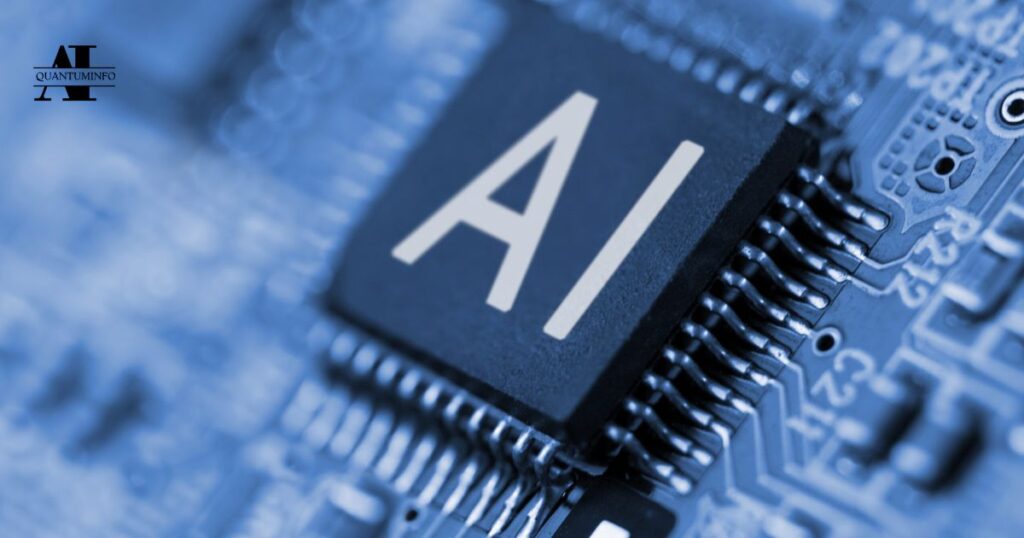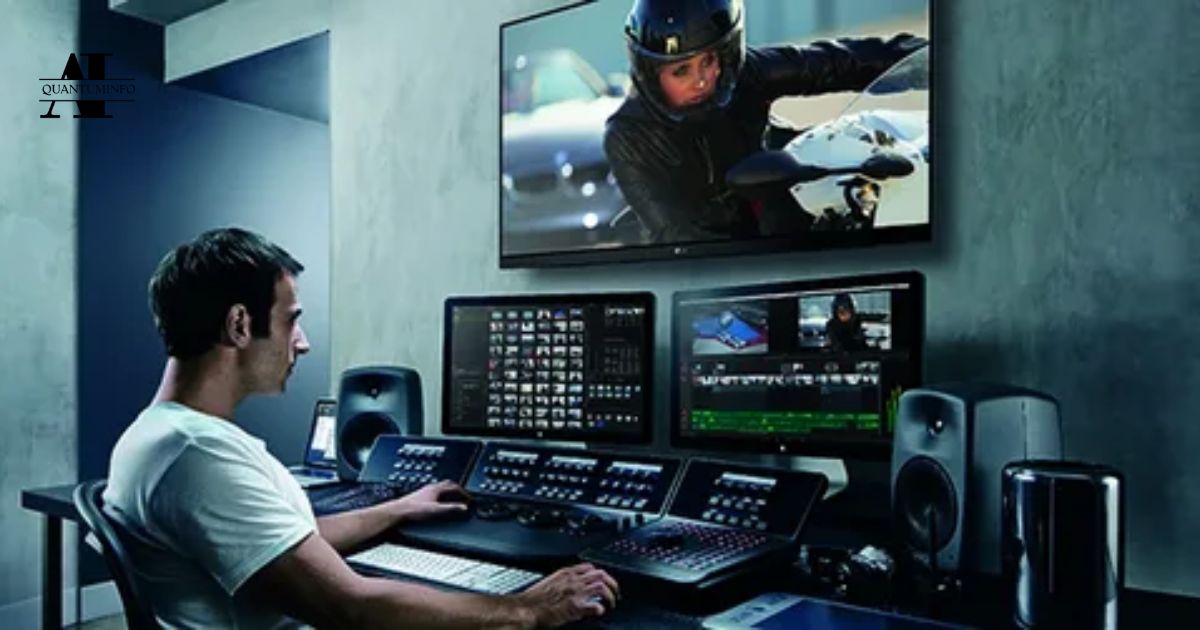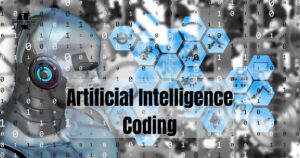The rise of artificial intelligence (AI) has ushered in a new era for various industries, and video quality assurance is no exception. As video content continues to dominate online platforms, ensuring high quality is crucial.
AI video checkers are stepping up to meet this demand, providing innovative solutions that enhance the efficiency and effectiveness of video production processes. In this article, we’ll dive deep into how AI is reshaping video quality assurance, examining its benefits, applications, and the technology behind it.
Understanding Video Quality Assurance
Video quality assurance (VQA) involves checking video content for errors, and ensuring that the final product meets the desired standards before release. This process typically includes:
- Visual Quality Checks: Ensuring images are clear without artifacts.
- Audio Quality Checks: Verifying sound clarity and synchronization with visuals.
- Content Compliance: Ensuring the video adheres to regulations and guidelines.
Traditionally, VQA has relied heavily on manual checks, which can be time-consuming and prone to human error. However, with AI video checkers, the landscape is changing rapidly.
The Role of Artificial Intelligence in Video Quality Assurance

1. Automation of Quality Checks
AI video checkers automate various aspects of VQA, significantly speeding up the process. Here are some key areas where automation plays a critical role:
- Error Detection: AI can quickly identify common issues like pixelation, blurriness, and frame drops. For example, a study by the International Telecommunication Union (ITU) found that AI can detect video artifacts with an accuracy rate exceeding 90%.
- Audio Sync Issues: By analyzing audio waveforms against video frames, AI can detect synchronization problems that might escape human reviewers.
- Content Analysis: Advanced algorithms can examine the content for inappropriate material, ensuring compliance with platform policies.
2. Enhanced Accuracy
AI video checkers use machine learning algorithms trained on vast datasets to improve accuracy over time. This leads to:
- Reduced False Positives: Traditional methods often flag non-issues as errors. AI’s learning capabilities help minimize these instances.
- Consistent Results: Unlike humans, AI provides consistent quality checks, maintaining the same standards across multiple videos.
Do You Want to Know About Goldman Sachs - Read More
3. Real-Time Feedback
One of the standout features of AI video checkers is their ability to provide real-time feedback. This capability allows content creators to:
- Make Immediate Adjustments: As issues arise during editing, creators can correct them on the spot, streamlining the production process.
- Improve Collaboration: Teams can work more efficiently, sharing real-time insights and resolving problems before finalizing the video.
4. Cost Efficiency
Implementing AI in video quality assurance can lead to substantial cost savings. Here’s how:
- Reduced Labour Costs: With AI handling routine checks, teams can focus on more creative aspects rather than tedious quality control.
- Lower Error Rates: By minimizing errors, AI reduces the need for costly re-edits and reshoots.
5. Scalability
As demand for video content grows, so does the need for scalable solutions. AI video checkers can easily adapt to increased workloads, providing:
- Rapid Processing: AI can analyze large volumes of video data faster than human teams, making it easier to manage high output rates.
- Flexible Integration: AI tools can easily integrate into existing workflows, allowing businesses to scale their operations without a complete overhaul.
Key Technologies Behind AI Video Checkers

1. Machine Learning
At the heart of AI video checkers lies machine learning, a subset of AI that enables systems to learn from data and improve over time. Here’s how it works:
- Training Data: AI models are trained on vast amounts of annotated video data, learning to recognize patterns and identify issues.
- Continuous Learning: As the AI processes more videos, it refines its algorithms, becoming more accurate in detecting problems.
2. Computer Vision
Computer vision technology allows AI systems to interpret and understand visual information from the world. In the context of video quality assurance, it involves:
- Image Analysis: AI can analyze each frame of a video, detecting anomalies such as blurriness, noise, or color distortion.
- Object Detection: Advanced algorithms can identify specific objects or scenes, helping to ensure content compliance.
3. Natural Language Processing (NLP)
NLP can enhance the quality assurance process by enabling AI to understand and analyze audio components. This includes:
- Transcription and Analysis: AI can transcribe spoken content, checking for clarity and accuracy.
- Sentiment Analysis: Understanding the tone of the dialogue can help ensure it aligns with the intended message of the video.
4. Cloud Computing
Cloud technology plays a crucial role in the scalability and efficiency of AI video checkers. Benefits include:
- Storage Solutions: Cloud platforms provide vast storage capacities for large video files.
- Processing Power: Cloud computing offers the necessary computational power for real-time analysis and feedback.
Benefits of AI Video Checkers in Quality Assurance

1. Improved Quality
AI video checkers enhance overall video quality through meticulous checks that cover various aspects:
- Visual Fidelity: By identifying and rectifying visual defects, AI ensures that videos look their best.
- Audio Clarity: Clear audio enhances the viewer experience, making it crucial for engaging content.
2. Faster Turnaround Times
With AI handling routine checks, production teams can significantly reduce turnaround times. For example:
Do you Want to Know About AI for Kids - Read More
- Quick Reviews: Instead of days, VQA can now be completed in hours, allowing for faster content release.
- Streamlined Workflows: Enhanced collaboration and communication lead to smoother production processes.
3. Enhanced Viewer Experience
Ultimately, the goal of quality assurance is to provide a superior viewing experience. AI video checkers contribute to this by:
- Minimizing Disruptions: By catching and correcting issues early, viewers enjoy uninterrupted content.
- Tailoring Content: AI can analyze viewer preferences, helping creators produce more engaging and relevant videos.
4. Data-Driven Insights
AI video checkers provide valuable insights that can inform future productions. Video Quality. Key insights include:
- Performance Metrics: Data on viewer engagement can guide content strategies.
- Error Patterns: Understanding common errors helps teams avoid them in future projects.
Case Studies
Case Study 1: Media Company A
Background: A major media company struggled with quality assurance for its rapidly increasing video output.
Solution: By integrating an AI video checker, the company automated its VQA process.
Results:
- Reduced review time from 72 hours to just 4 hours.
- Increased viewer satisfaction scores by 25% due to improved video quality.
Case Study 2: Educational Platform B
Background: An online educational platform faced challenges in maintaining audio-visual quality across its course materials.
Solution: The platform adopted AI tools to enhance audio clarity and visual fidelity.
Results:
- We achieved a 30% decrease in audio-related complaints.
- Improved course completion rates by 15%, attributed to better quality content.
Final Thoughts
Artificial intelligence is undeniably revolutionizing video quality assurance, making the process more efficient and effective—video Quality. By automating quality checks, enhancing accuracy, and providing real-time feedback, AI video checkers empower content creators to focus on what truly matters: delivering engaging and high-quality videos to their audiences.
Integrating machine learning, computer vision, and natural language processing in VQA tools not only streamlines workflows but also significantly improves the overall viewer experience. As we’ve seen in the case studies, companies that embrace AI-driven solutions enjoy faster turnaround times, reduced error rates, and increased viewer satisfaction.
Looking ahead, the landscape of video quality assurance will continue to evolve. As AI technologies advance, we can expect even more sophisticated tools that offer deeper insights and enhanced capabilities. However, organisations must also remain mindful of challenges such as data privacy and the need for human oversight to ensure quality remains paramount.









